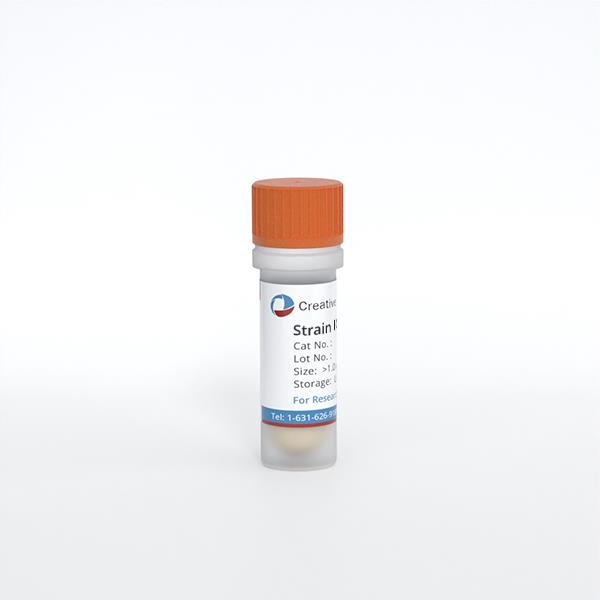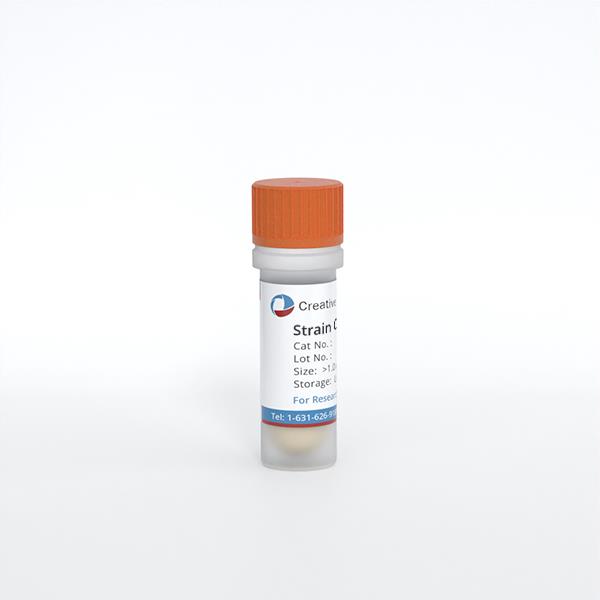Featured Products
- HCC-78
- HDLM-2
- DOHH-2
- L-540
- MX-1
- NALM-6
- NB-4
- CAL-51
- SNB-19
- KYSE-520
- MKN-45
- BA/F3
- MS-5
- HCEC-B4G12
- NK-92
- PA-TU-8988S
- MONO-MAC-1
- PA-TU-8902
- Human Microglia
- Human Hepatic Stellate Cells
- Human Skeletal Muscle Cells (DMD)
- Human Schwann Cells
- Human Oral Keratinocytes (HOK)
- Human Cardiomyocytes
- Human Small Intestinal Epithelial Cells
- Human Colonic Epithelial Cells
- Human Intestinal Fibroblasts
- Primary Human Large Intestine Microvascular Endothelial Cells
- Human Small Intestinal Microvascular Endothelial Cells
- Human Retinal Pigment Epithelial Cells
- Human Hepatocytes
- Cynomolgus Monkey Lung Microvascular Endothelial Cells
- Cynomolgus Monkey Vein Endothelial Cells
- C57BL/6 Mouse Primary Mammary Epithelial Cells
- C57BL/6 Mouse Vein Endothelial Cells
- Rat Primary Kidney Epithelial Cells
- Rat Gingival Epithelial Cells
- Rabbit Lung Endothelial Cells
Our Promise to You
Guaranteed product quality, expert customer support

ONLINE INQUIRY

- Specification
- Q & A
- Customer Review
Cat.No.
CSC-C5370S
Description
Most of the macrophages that colonize the intestinal mucosa are mainly located in the subepithelial mucosal lamina propria, collecting lymphoid nodules and outside the muscularis layer, so intestinal macrophages can serve as the first line of defense to eliminate microorganisms infiltrating from the intestinal lumen. Intestinal macrophages are directly exposed to numerous antigenic stimuli. As the body's first line of immune defense, these macrophages can modulate the inflammatory response to pathogen infection, protect the mucosa from pathogens, and cleanse damaged tissues and cells of necrotic debris.
Mouse intestinal macrophages from Creative Bioarray are isolated from the mouse intestine tissue. The method we use to isolate mouse intestinal macrophages was developed based on a combination of established and our proprietary methods. The mouse intestinal macrophages are characterized by immunofluorescence with antibodies specific to CD14. Each vial contains 0.5x10^6 cells per ml and is delivered frozen.
Mouse intestinal macrophages from Creative Bioarray are isolated from the mouse intestine tissue. The method we use to isolate mouse intestinal macrophages was developed based on a combination of established and our proprietary methods. The mouse intestinal macrophages are characterized by immunofluorescence with antibodies specific to CD14. Each vial contains 0.5x10^6 cells per ml and is delivered frozen.
Species
Mouse
Types Organ
Intestine
Recommended Medium
SuperCult® Mouse Intestinal Macrophage Cell Medium
Quality Control
Mouse Intestinal Macrophages are negative for HIV-1, HBV, HCV, mycoplasma, bacteria, yeast and fungi.
Storage and Shipping
Creative Bioarray ships frozen cells on dry ice. On receipt, immediately transfer frozen cells to liquid nitrogen (-180 °C) until ready for experimental use. Never can cells be kept at -20 °C.
Citation Guidance
If you use this products in your scientific publication, it should be cited in the publication as: Creative Bioarray cat no. If your paper has been published, please click here to submit the PubMed ID of your paper to get a coupon.
Ask a Question
Write your own review
Related Products







